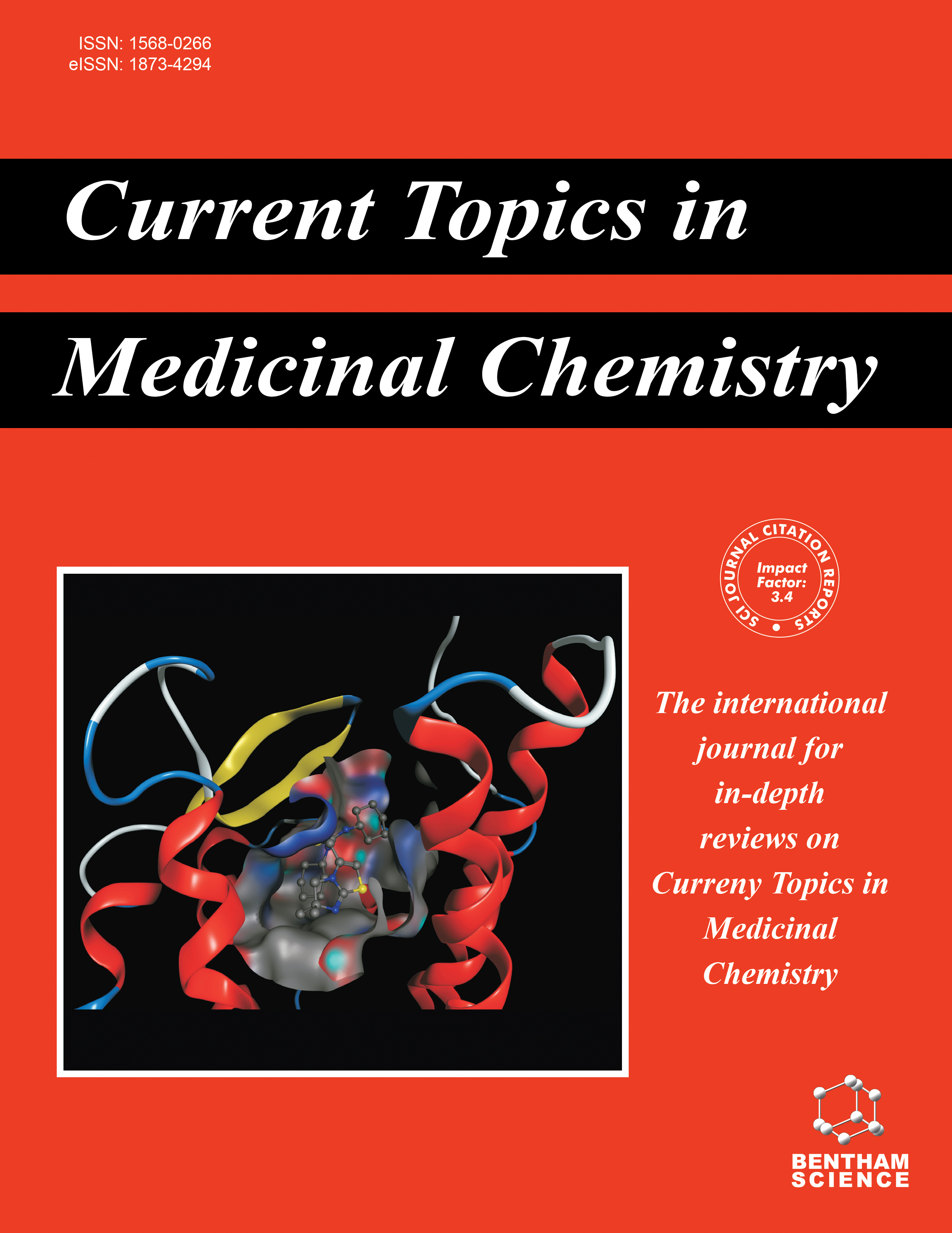
Full text loading...
We use cookies to track usage and preferences.I Understand

This review is delving into determining the content and significance of hypericin, a pharmacologically important constituent commonly known as St. John's Wort (SJW). The paper explores the rich history of Hypericin's traditional use in alternative medicine and the recent surge in scientific interest surrounding its bioactive properties.
This review aims to provide a comprehensive analysis the therapeutic potentials of hypericin, focusing on its chemistry, extraction, sources, stability, pharmacokinetics, safety profile, and multifunctional applications in drug and medicinal fields as well as advancements in Bioengineering Approaches for Enhanced Hypericin Delivery.
We performed a non-systematic search of journals. Literature using computerized methods was conducted, utilizing databases such as Medline (PubMed), ChemSciFinder, China National Knowledge Infrastructure (CNKI) and Scirus Library. To effectively identify the most important and relevant research articles, scientific studies, clinical studies and review articles on hypericin were searched using different keywords: “Hypericum”, “traditional use”, “phytochemistry”, “pharmacology”, “drug delivery” and “bioactivity”. Thus, articles available from 1984 to 2024 were analyzed and collected. The selection process for the review primarily considered the originality of the paper and its clinical applications.
Although hypericin is not a novel compound within the research community, it is gaining renewed recognition and showing great effectiveness as a promising agent in the field of medical diagnostics and has promising applications as a therapeutic.
Here, our current comprehensive review of hypericin, its potential and its activities is intended to contribute to this ongoing process actively. Overall, this review provided theoretical direction for future hypericin research. Future studies should, therefore, focus further on the pharmacological processes, pharmacokinetics, and chemistry of hypericin and hypericin-based drug delivery systems. This comprehensive review of hypericin aims to actively contribute to ongoing research and provide a theoretical direction for future studies.

Article metrics loading...

Full text loading...
References


Data & Media loading...